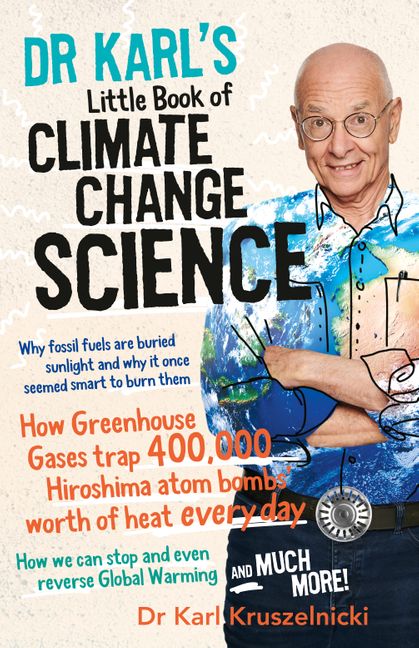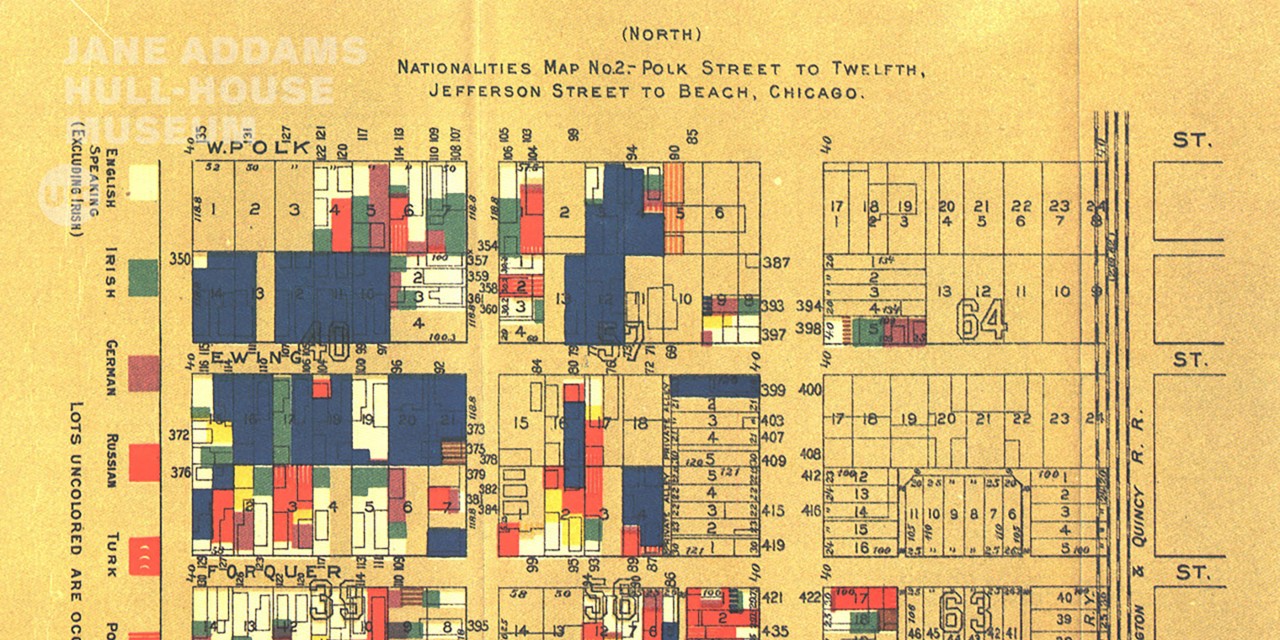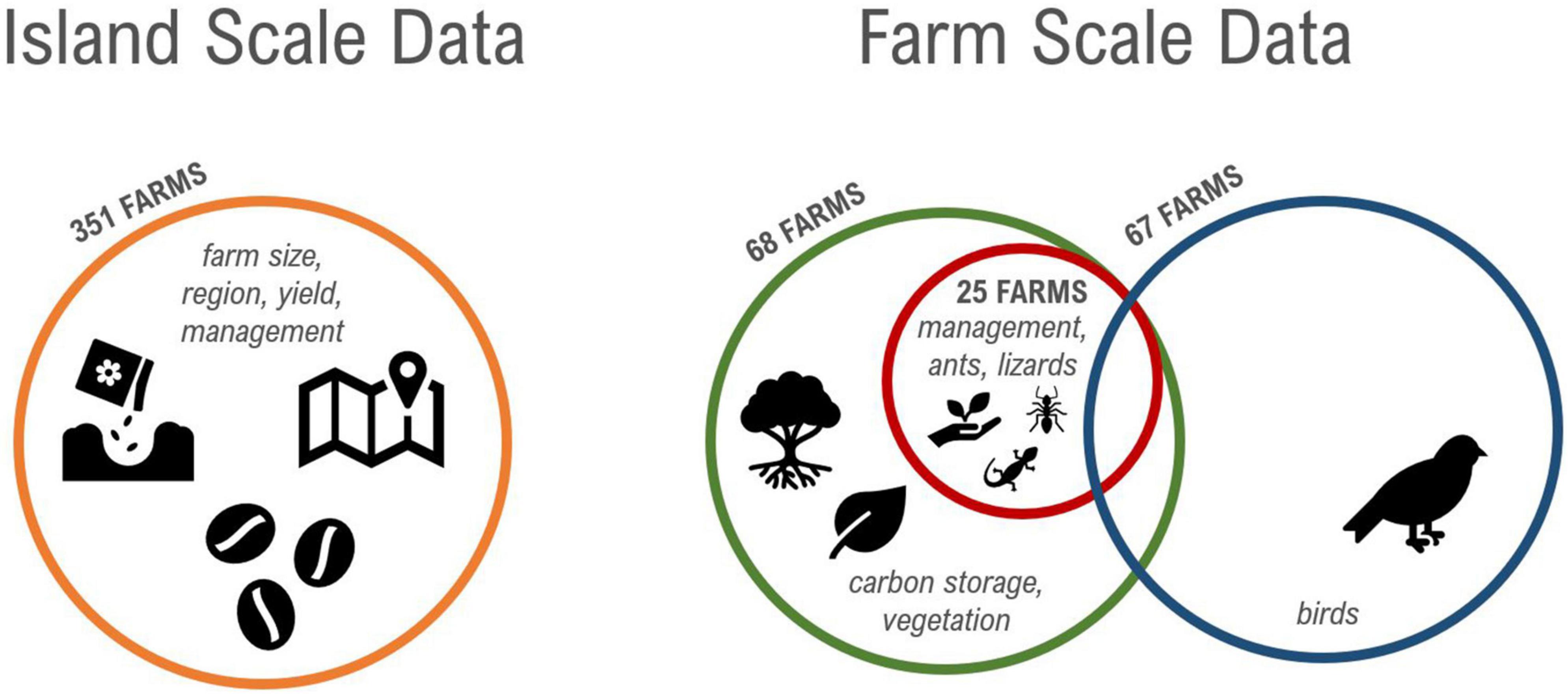Report on the Termination of EPA Climate Justice Grants and its Conflict with Sustainable Development Goals
Executive Summary
A multi-stakeholder coalition, including local governments, non-profit organizations, and tribal nations, has initiated legal action against the Trump administration following the termination of the Environmental Protection Agency’s (EPA) Environmental and Climate Justice Grant programs. The termination of these congressionally-funded grants directly undermines progress on several key United Nations Sustainable Development Goals (SDGs), including those related to health, inequality, sustainable cities, and climate action. The lawsuit seeks to reinstate funding for critical local projects designed to enhance community resilience and environmental health, particularly in vulnerable and under-resourced communities.
Background of the Grant Program and its Termination
The Environmental and Climate Justice Program was established under the Inflation Reduction Act and the Clean Air Act. It was designed to distribute $3 billion in appropriated funds for projects that advance environmental and climate justice. These initiatives are intrinsically linked to achieving the SDGs by empowering communities to address environmental challenges.
- January 20: An executive order was issued directing federal agencies to cease disbursement of all funds under the Inflation Reduction Act and to terminate all “equity-related” grants and contracts.
- March: The EPA disbanded its offices dedicated to environmental justice, diversity, equity, and inclusion, which included the Environmental and Climate Justice Program.
- Justification: EPA Administrator Lee Zeldin stated that the term “environmental justice” had been used to fund activists rather than for direct environmental remediation. Consequently, all grants under the program were terminated without individual assessment.
Legal Action and Stakeholder Response
In response to the termination, a lawsuit was filed on June 25, representing approximately 350 grant recipients who lost funding. This legal challenge exemplifies a partnership approach as outlined in SDG 17 (Partnerships for the Goals) and a commitment to upholding institutional integrity under SDG 16 (Peace, Justice and Strong Institutions).
Key Plaintiffs and Supporters:
- Local Governments: Allegheny County, PA; Kalamazoo County, MI; Martin Luther King Jr. County, WA; San Francisco, CA; Sacramento, CA; and Springfield, MA.
- Legal Support: The non-profit environmental law organization Earthjustice is representing the coalition.
- State-Level Support: Attorneys general from 20 states filed an amicus brief on July 7, supporting the lawsuit and emphasizing that the termination deprives vulnerable communities of essential funding.
Impact on Sustainable Development Goal (SDG) Progress
The cessation of grant funding has caused widespread disruption to on-the-ground projects, directly impeding progress toward multiple SDGs.
SDG 11 (Sustainable Cities and Communities) & SDG 13 (Climate Action)
The grants were crucial for building climate-resilient and sustainable urban environments. The termination has halted projects intended to:
- Prepare communities for climate-related disasters.
- Mitigate stormwater and flood damage.
- Monitor air quality.
- Expand urban green spaces through tree planting.
Specific examples include:
- Sacramento, CA: A plan to plant trees in historically under-resourced neighborhoods to combat urban heat and improve air quality has been stopped.
- Louisville, KY: The Parks Alliance had to scale back plans to expand green space access in a neighborhood severely impacted by the urban heat island effect.
SDG 3 (Good Health and Well-being) & SDG 10 (Reduced Inequalities)
The program was explicitly designed to address environmental justice, thereby targeting SDG 10 by focusing on the nation’s most vulnerable communities. The loss of funding directly impacts public health, a cornerstone of SDG 3.
- King County, WA: A program was halted that partnered with community organizations to monitor the impacts on indoor air quality and public health for residents in areas disproportionately affected by climate change.
- The amicus brief filed by 20 states explicitly notes that the grant termination “deprives the country’s most vulnerable communities of funding necessary to achieve a healthy environment.”
SDG 15 (Life on Land)
Projects focused on urban forestry and the expansion of green spaces, such as the one planned in Sacramento, contribute directly to the health of urban ecosystems, supporting biodiversity and the well-being of terrestrial life within cities.
SDGs Addressed in the Article
- SDG 3: Good Health and Well-being
- SDG 10: Reduced Inequalities
- SDG 11: Sustainable Cities and Communities
- SDG 13: Climate Action
- SDG 15: Life on Land
- SDG 16: Peace, Justice and Strong Institutions
Identified SDG Targets
-
SDG 3: Good Health and Well-being
- Target 3.9: By 2030, substantially reduce the number of deaths and illnesses from hazardous chemicals and air, water and soil pollution and contamination.
Explanation: The article mentions that the terminated grants funded projects to “reduce pollution” and monitor “impacts on indoor air quality and public health,” directly aligning with the goal of reducing illnesses from air pollution.
- Target 3.9: By 2030, substantially reduce the number of deaths and illnesses from hazardous chemicals and air, water and soil pollution and contamination.
-
SDG 10: Reduced Inequalities
- Target 10.2: By 2030, empower and promote the social, economic and political inclusion of all, irrespective of … economic or other status.
Explanation: The grants were part of an “Environmental and Climate Justice Program” aimed at “vulnerable communities” and “historically under-resourced neighborhoods.” Terminating these funds directly impacts the inclusion and empowerment of these groups. - Target 10.3: Ensure equal opportunity and reduce inequalities of outcome, including by eliminating discriminatory … policies and practices…
Explanation: The lawsuit claims the termination of “equity-related” grants deprives “the country’s most vulnerable communities of funding necessary to achieve a healthy environment,” highlighting a policy action that increases inequality of outcome.
- Target 10.2: By 2030, empower and promote the social, economic and political inclusion of all, irrespective of … economic or other status.
-
SDG 11: Sustainable Cities and Communities
- Target 11.6: By 2030, reduce the adverse per capita environmental impact of cities, including by paying special attention to air quality…
Explanation: The article explicitly states that grant funding was for “air quality monitoring” and “mitigating storm water,” which are key activities for reducing the negative environmental impact of cities. - Target 11.7: By 2030, provide universal access to safe, inclusive and accessible, green and public spaces…
Explanation: The article details how the loss of funding forced Sacramento to halt a “plan to plant trees in historically under-resourced neighborhoods” and Louisville to “scale back plans to expand access to green space.” - Target 11.b: By 2030, substantially increase the number of cities and human settlements adopting and implementing integrated policies and plans towards inclusion, resource efficiency, mitigation and adaptation to climate change, disaster risk reduction…
Explanation: The grants supported initiatives for “climate disaster preparedness” and increasing “community climate resilience,” which are central components of this target.
- Target 11.6: By 2030, reduce the adverse per capita environmental impact of cities, including by paying special attention to air quality…
-
SDG 13: Climate Action
- Target 13.1: Strengthen resilience and adaptive capacity to climate-related hazards and natural disasters in all countries.
Explanation: The article mentions that grant-funded projects included “climate disaster preparedness,” mitigating “flood damage,” and addressing the “urban heat island effect,” all of which build resilience to climate hazards. - Target 13.b: Promote mechanisms for raising capacity for effective climate change-related planning and management … including focusing on … local and marginalized communities.
Explanation: The grants were intended to “build community capacity to tackle environmental harms” and support “community-driven environmental, climate, and public health projects,” directly aligning with this target’s focus on empowering local and marginalized communities.
- Target 13.1: Strengthen resilience and adaptive capacity to climate-related hazards and natural disasters in all countries.
-
SDG 15: Life on Land
- Target 15.1: By 2020, ensure the conservation, restoration and sustainable use of terrestrial and inland freshwater ecosystems and their services, in particular forests…
Explanation: The article mentions a halted project for “urban tree planting,” which is a direct action towards restoring terrestrial ecosystems within urban environments.
- Target 15.1: By 2020, ensure the conservation, restoration and sustainable use of terrestrial and inland freshwater ecosystems and their services, in particular forests…
-
SDG 16: Peace, Justice and Strong Institutions
- Target 16.3: Promote the rule of law at the national and international levels and ensure equal access to justice for all.
Explanation: The central event of the article is a coalition of local governments and nonprofits that “sued the Trump administration” to challenge the “illegal termination of grants.” This is a direct exercise of seeking access to justice and upholding the rule of law. - Target 16.6: Develop effective, accountable and transparent institutions at all levels.
Explanation: The article discusses the EPA’s termination of “congressionally appropriated funding” and the disbanding of its “offices focused on environmental justice.” The lawsuit challenges the accountability and legality of these institutional actions.
- Target 16.3: Promote the rule of law at the national and international levels and ensure equal access to justice for all.
Implied Indicators for Measuring Progress
-
SDG 3: Good Health and Well-being
- Indoor air quality levels: Implied by the project in King County, Washington, which was designed “to monitor impacts on indoor air quality and public health.” Measuring pollutant levels would be the direct indicator.
-
SDG 10: Reduced Inequalities
- Amount of funding directed to vulnerable communities: The article specifies “$3 billion in congressionally appropriated funding” for the program and “350 grant recipients who have lost funding.” This financial flow is a direct indicator of support for these communities.
-
SDG 11: Sustainable Cities and Communities
- Air quality monitoring data: The mention of “air quality monitoring” as a funded activity implies the collection of data on pollutants as an indicator.
- Area of green space created/accessible: Implied by the plans in Sacramento to “plant trees” and in Louisville to “expand access to green space.” The number of trees or the acreage of new parkland would be the indicators.
-
SDG 13: Climate Action
- Number of community climate resilience projects: The article mentions projects for “climate disaster preparedness” and mitigating “flood damage.” Counting the number of such implemented projects serves as an indicator of progress.
- Temperature reduction in urban heat islands: The project in Louisville to address the “urban heat island effect” implies that measuring temperature changes in the targeted area would be a key indicator of success.
-
SDG 15: Life on Land
- Number of trees planted: The “plan to plant trees” in Sacramento provides a clear, quantifiable indicator for restoration efforts.
-
SDG 16: Peace, Justice and Strong Institutions
- Number of legal actions to uphold environmental law: The lawsuit itself (“sued the Trump administration”) is an indicator of civil society and local governments using legal systems to ensure institutional accountability.
SDGs, Targets, and Indicators Analysis
| SDGs | Targets | Indicators (Mentioned or Implied in Article) |
|---|---|---|
| SDG 3: Good Health and Well-being | 3.9: Reduce deaths and illnesses from pollution. | Monitoring data on indoor air quality. |
| SDG 10: Reduced Inequalities | 10.2: Promote social, economic, and political inclusion. 10.3: Ensure equal opportunity. |
Amount of funding for environmental justice ($3 billion); Number of grant recipients in vulnerable communities (350). |
| SDG 11: Sustainable Cities and Communities | 11.6: Reduce the environmental impact of cities. 11.7: Provide access to green and public spaces. 11.b: Implement policies for climate adaptation and disaster risk reduction. |
Air quality monitoring data; Number of trees planted; Area of expanded green space; Number of projects for storm water mitigation and climate preparedness. |
| SDG 13: Climate Action | 13.1: Strengthen resilience to climate-related disasters. 13.b: Promote mechanisms for climate planning in marginalized communities. |
Number of community climate resilience projects; Temperature data from urban heat island areas; Number of community-driven climate projects. |
| SDG 15: Life on Land | 15.1: Conserve and restore terrestrial ecosystems. | Number of trees planted in urban areas. |
| SDG 16: Peace, Justice and Strong Institutions | 16.3: Promote the rule of law and access to justice. 16.6: Develop effective, accountable, and transparent institutions. |
Filing of lawsuits to challenge government actions; Reversal of termination of congressionally appropriated funds. |
Source: smartcitiesdive.com






